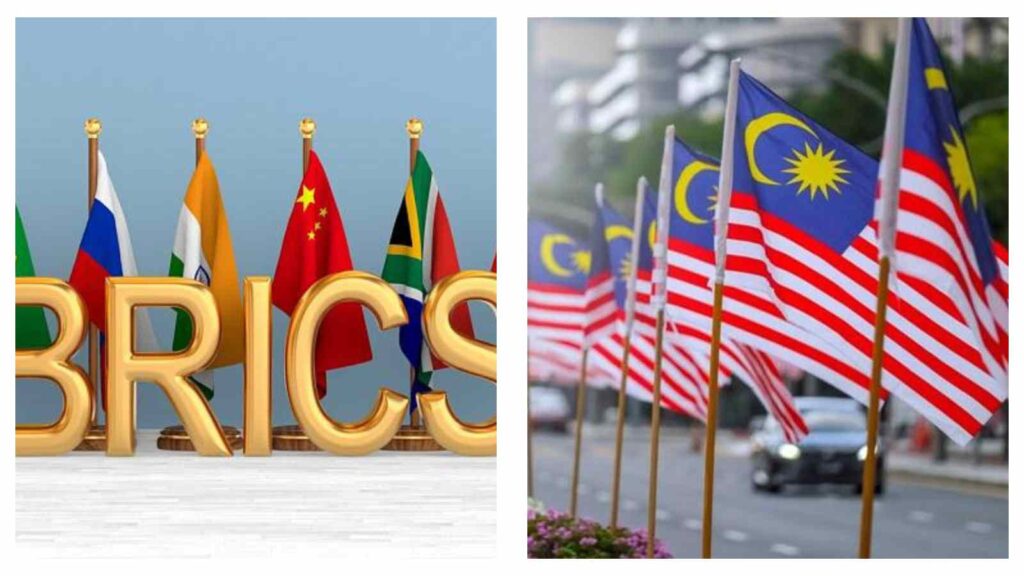By Diana M. Cleto
Fueled by the global movement toward net-zero emissions, Vietnam witnessed a significant increase in green buildings in 2024, totalling 559 – more than three times its 2030 goal.
According to the International Finance Corporation and the EDGE green building certification system, Vietnam has already surpassed its initial targets set for 2025 (80 buildings) and 2030 (150 buildings), exceeding expectations set in 2019.
What are green buildings?
Green buildings are structures that prioritise environmental responsibility and efficient resource use throughout their life cycle – from site selection and design to construction, operation, maintenance, renovation and destruction.
The goal of green buildings is to minimise the negative impact of the built environment on human health and the natural environment.
According to the United States Environmental Protection Agency, this is achieved by efficiently using energy, water and other resources; protecting occupant health and improving employee productivity; and reducing waste, pollution and environmental degradation.
READ MORE: Environment news: Pacific region takes on fight against climate change

Industrial sector drives green building boom
In 2024, industrial green buildings saw the fastest growth, making up more than half of new constructions.
The total number of green factories in Vietnam reached 163, tripling in just two years.
Experts credit this rapid expansion to the relocation of manufacturing to Vietnam, along with the country’s accelerated industrialisation, rising production capacity, and improving logistics infrastructure.
YOU MAY ALSO LIKE: Malaysia’s strategic gambit: BRICS membership amidst global uncertainty

Green building attracts foreign investors
Foreign investors now prioritise projects with sustainable development potential that align with market demands.
Hoang Manh Nguyen, a member of the Vietnam Green Building Council, noted a strong demand for green buildings in eco-friendly industrial parks, especially among companies exporting to developed countries.
Many of these factories must obtain certification to maintain operations and facilitate exports.
According to the General Statistics Office, registered foreign direct investment in the real estate sector reached $6.3 billion in 2024, a 35% increase from 2023.
READ NEXT: Earth’s biggest iceberg drifts in shallow waters of South Georgia
